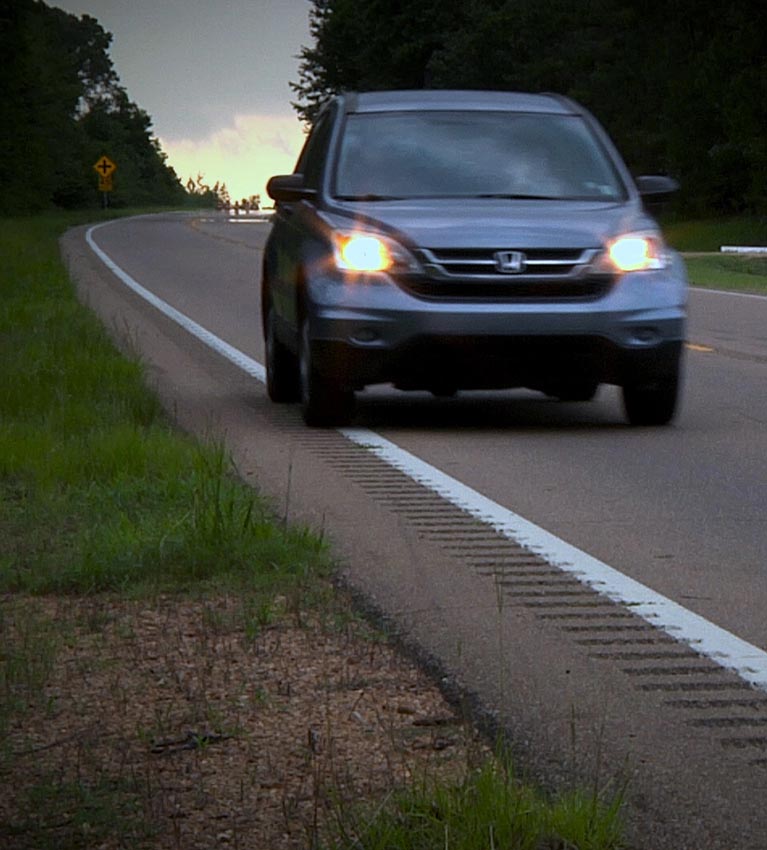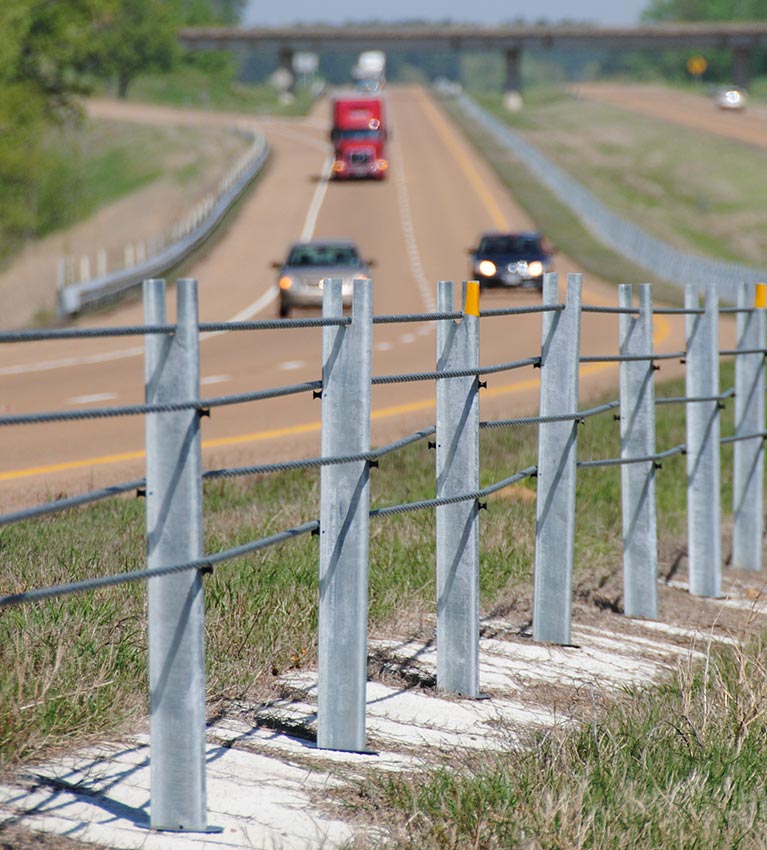Road Smart
Roundabouts
Roundabouts are designed to make intersections safer and more efficient for drivers, pedestrians and cyclists.
Learn How to Drive a Roundabout
Why Construct a Roundabout?
Many states are installing roundabouts in place of traditional intersections to reduce the likelihood and severity of intersection-related collisions. That’s because roundabouts promote a continuous, one-way flow of traffic and have fewer points of conflict than a traditional intersection. Studies by the FHWA and Insurance Institute for Highway Safety (IIHS) have shown that roundabouts typically achieve:
- A 37 percent reduction in overall collisions
- A 75 percent reduction in injury collisions
- A 90 percent reduction in fatal collisions
- A 40 percent reduction in pedestrian collisions
- 75 percent fewer conflict points than a traditional intersection
Key Reminders for Driving in Roundabouts:
- Yield to drivers in the roundabout
- Stay in your lane; do not change lanes
- Do not stop in the roundabout
- Avoid driving next to oversize vehicles
Trucks, Oversize Vehicles and Roundabouts
Roundabouts are designed to accommodate vehicles of all sizes, including emergency vehicles, buses, farm equipment and semi-trucks with trailers. Oversize vehicles and vehicles with trailers may straddle both lanes while driving through a roundabout.
Many roundabouts are also designed with a truck apron, a raised section of pavement around the central island that acts as an extra lane for large vehicles. The back wheels of the oversize vehicle can ride up on the truck apron so the truck can easily complete the turn, while the raised portion of concrete discourages use by smaller vehicles.
Because large vehicles may need extra room to complete their turn in a roundabout, drivers should remember never to drive next to large vehicles in a roundabout.



